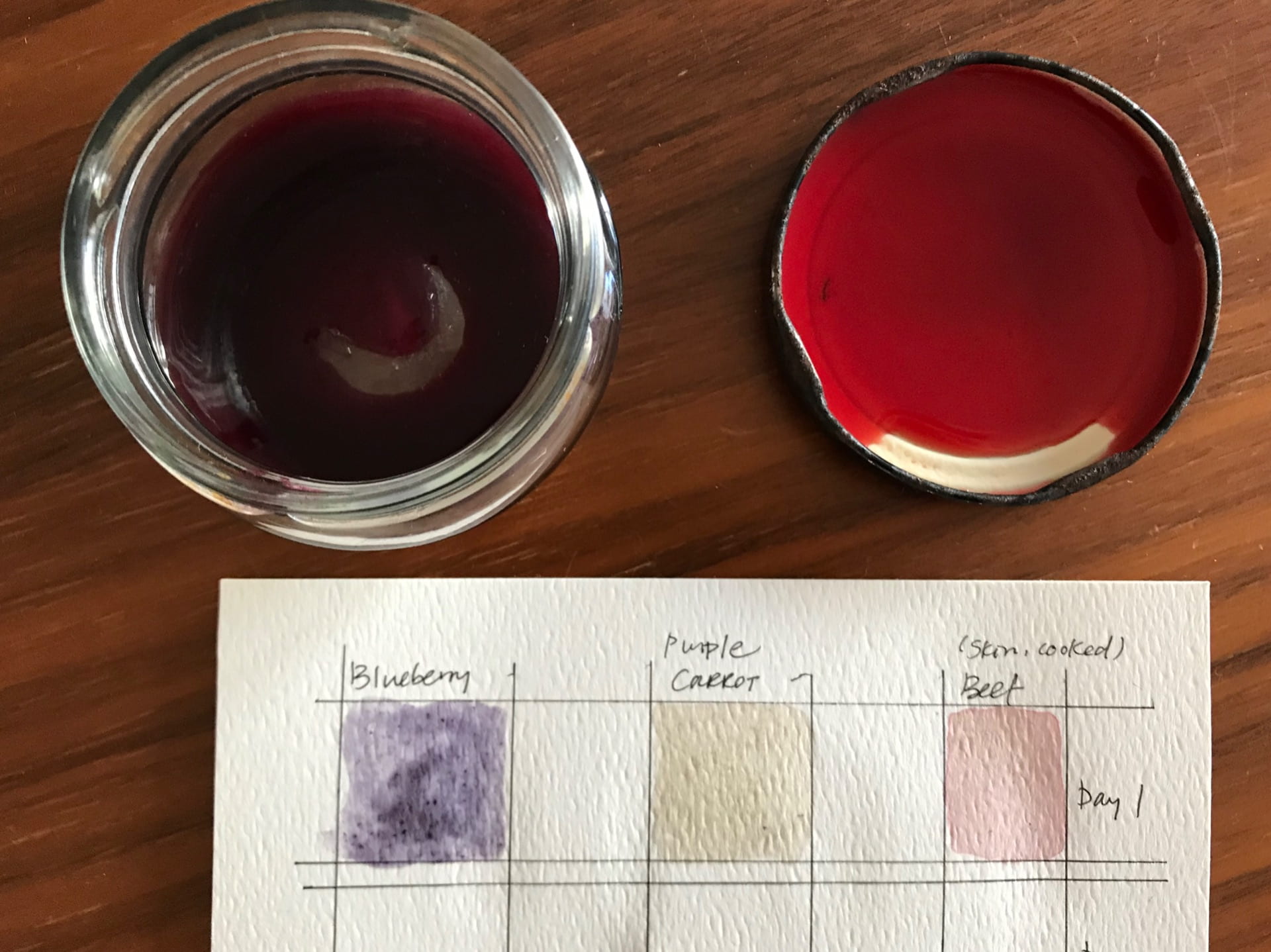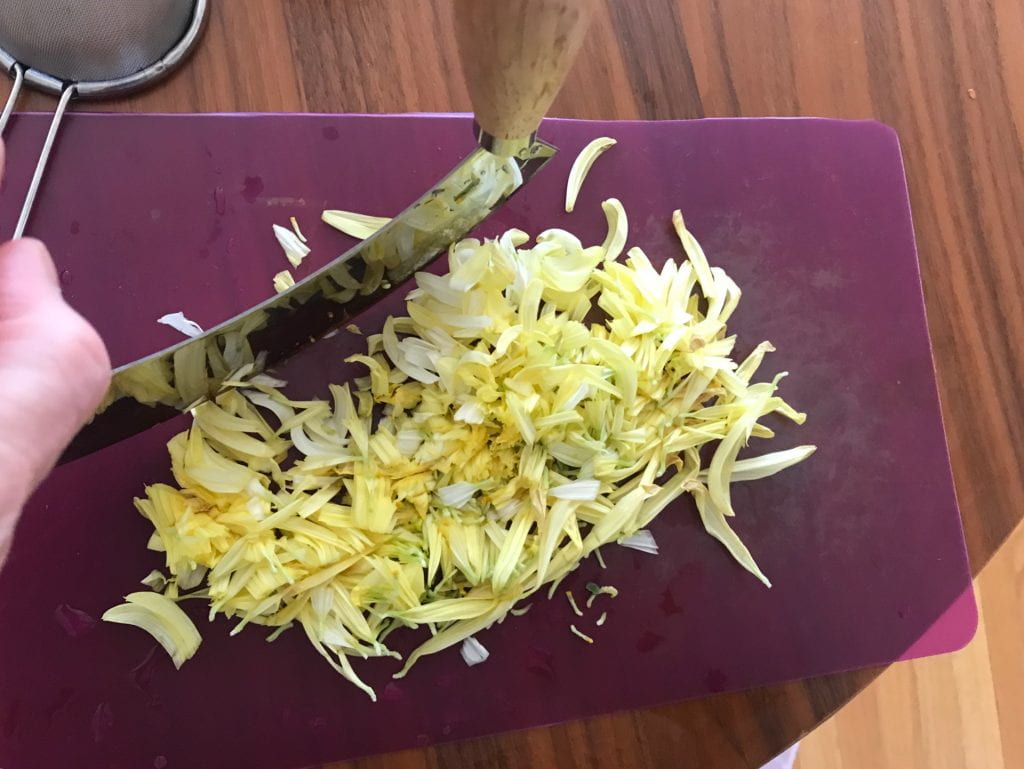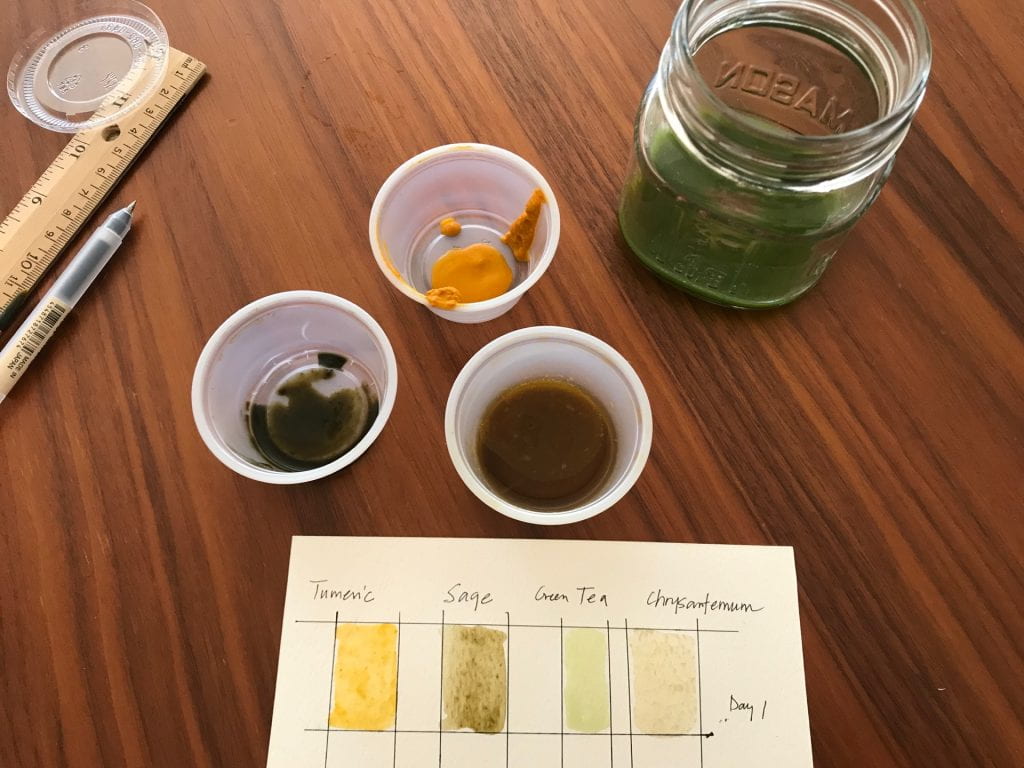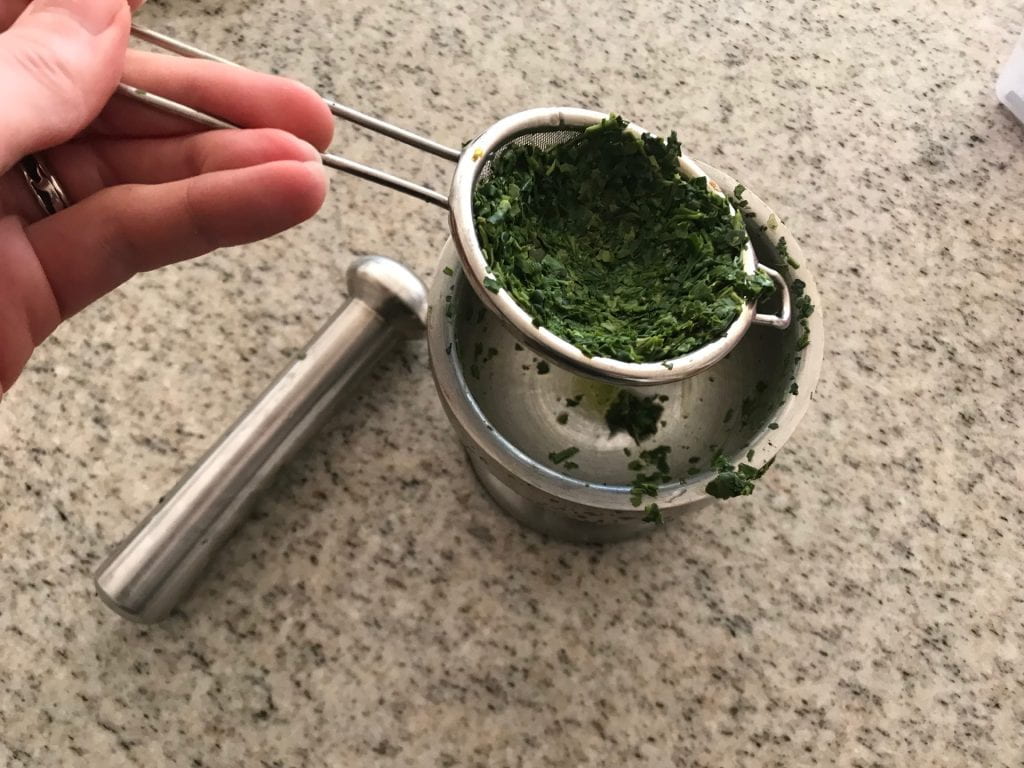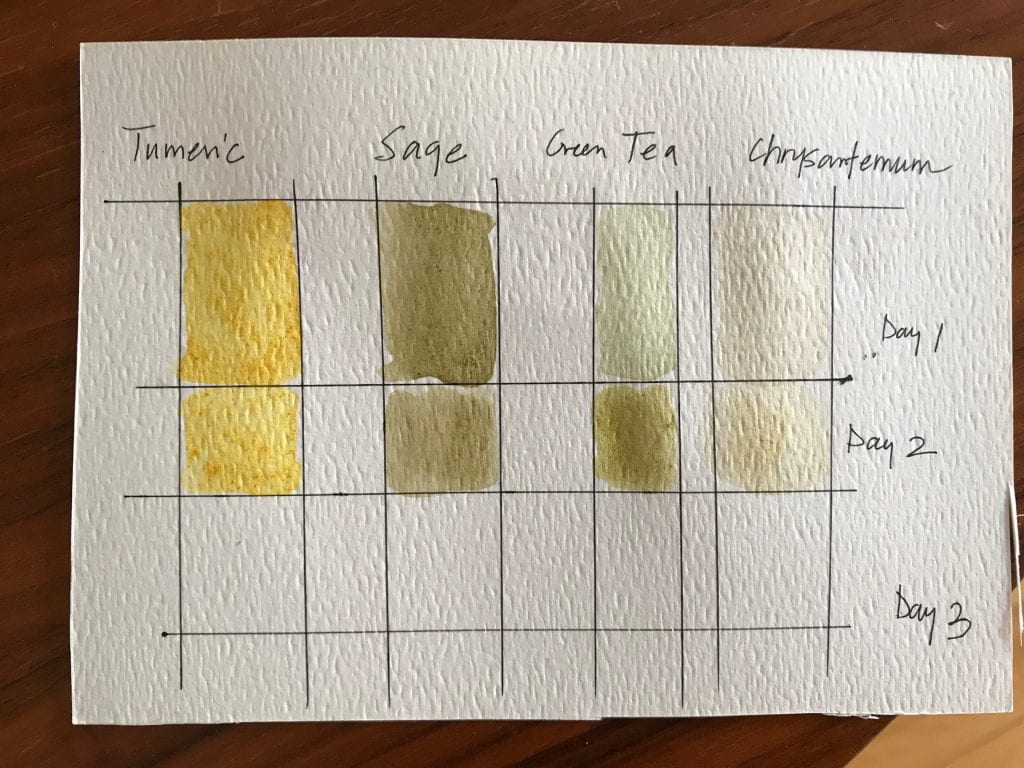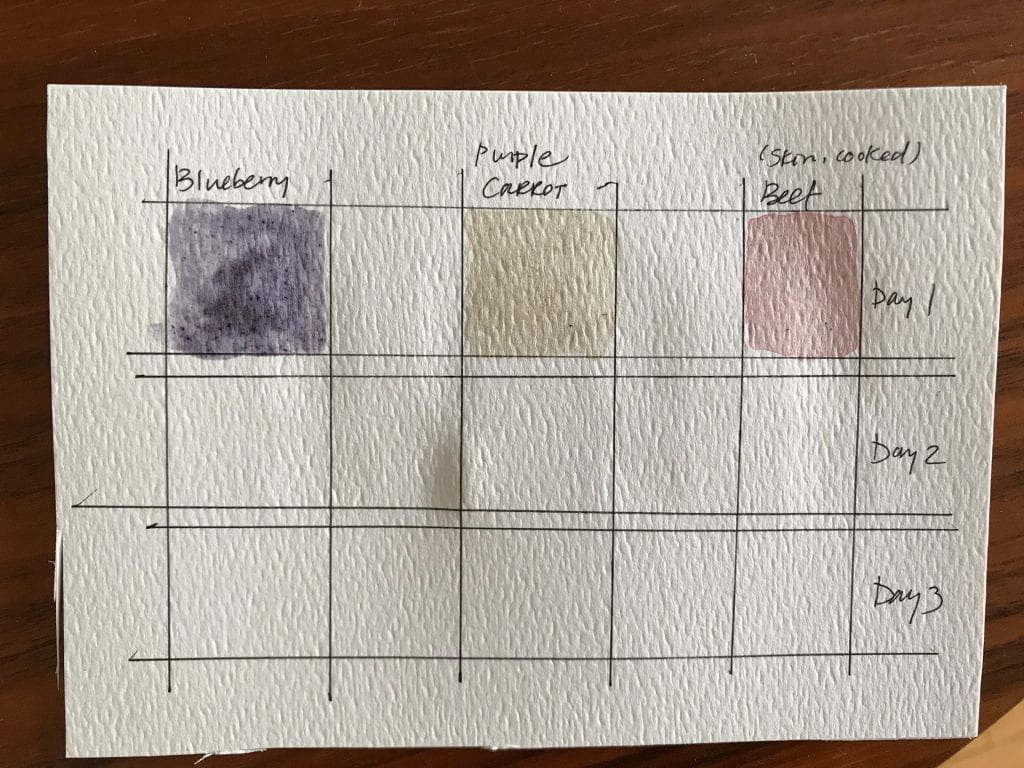Basic Protocol:
- Collect some plant parts that have a compelling color
- Remove stems if necessary
- Chop if needed, then put into a mortar, add a tiny bit of water, a tiny drop of honey, a tiny bit of gum arabic
- Grind with pestle, crushing material until watery substance results
- Use a spatula to scrap the pigment out of the mortar and put the mash into a meshed sieve to strain the large particles into plastic cup.
- Add a bit more powered gum Arabic and transfer to a container to dry (leave cap off at home to prevent molding)
LAB PROCESS:
1) Which plants did you use and why did you chose them?
2) Did you consider how raw vs. cooked samples might influence how the paint would appear?
3)Do you sense a difference in color (more variation etc.) between what is found naturally in plants, as opposed to synthetic colors?
4) Hypothesize about the results of your paints. What do you expect to occur over several weeks to your samples?
POST-LAB: RESULTS/ INTERPRETATIONS
1) After experimenting in class, what do you think of synthetic free paints as artistic media?
2) Would you like to make more natural paints? Was it fun? Harder or easier than you thought?
3) How did the size/texture of the material used limit or expand your ability to make it into paint?
4) What would you do differently next time?
5) Is there subject matter that natural paints would best convey?
6) How might using plants paint express the concept of Long Life Design? What connections can you make with natural paint you made today and the Long Life Design criteria?
7) Do you have any remaining questions about natural paints?
Support Links: Ellie Irons, Invasive Pigments, download PDF
